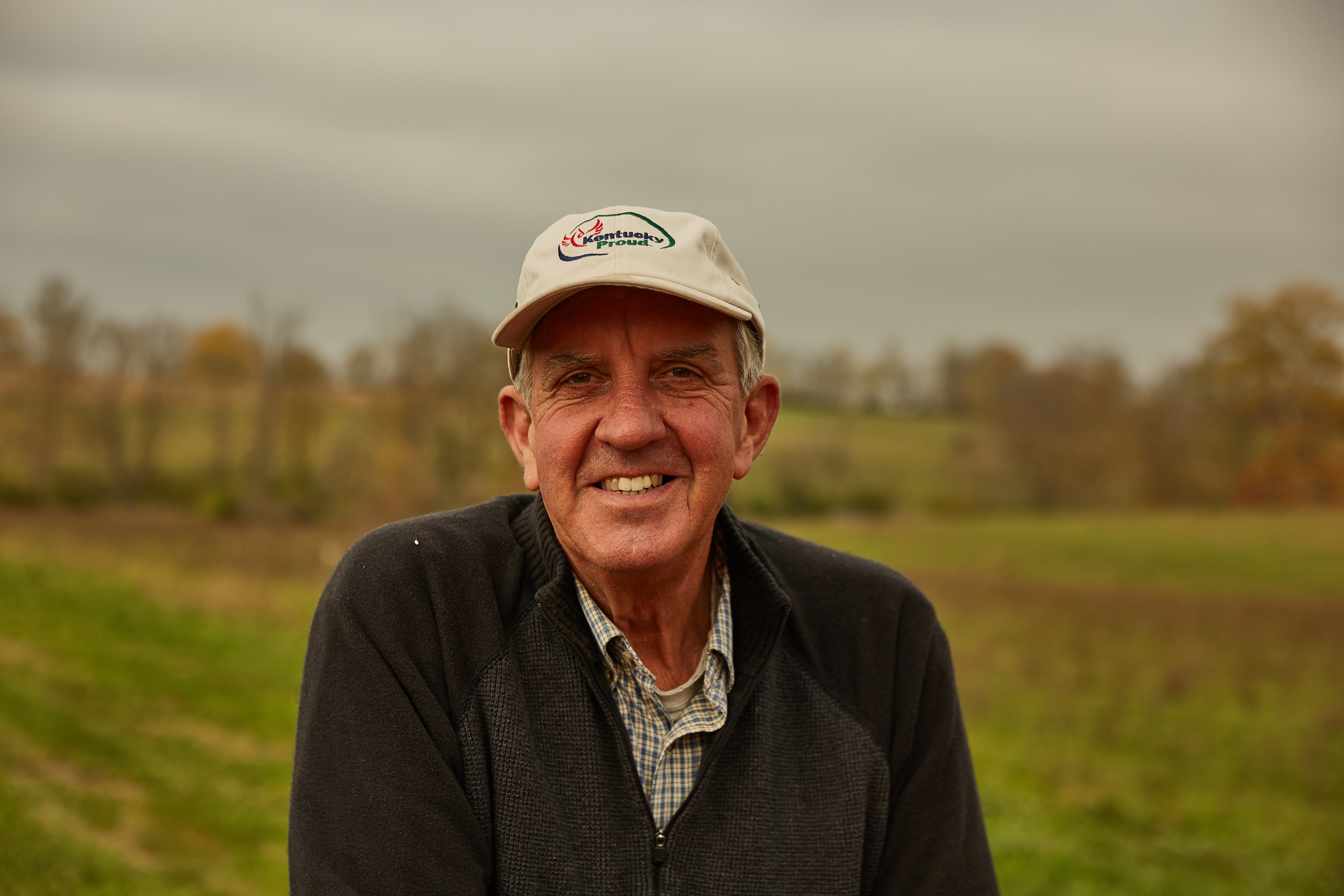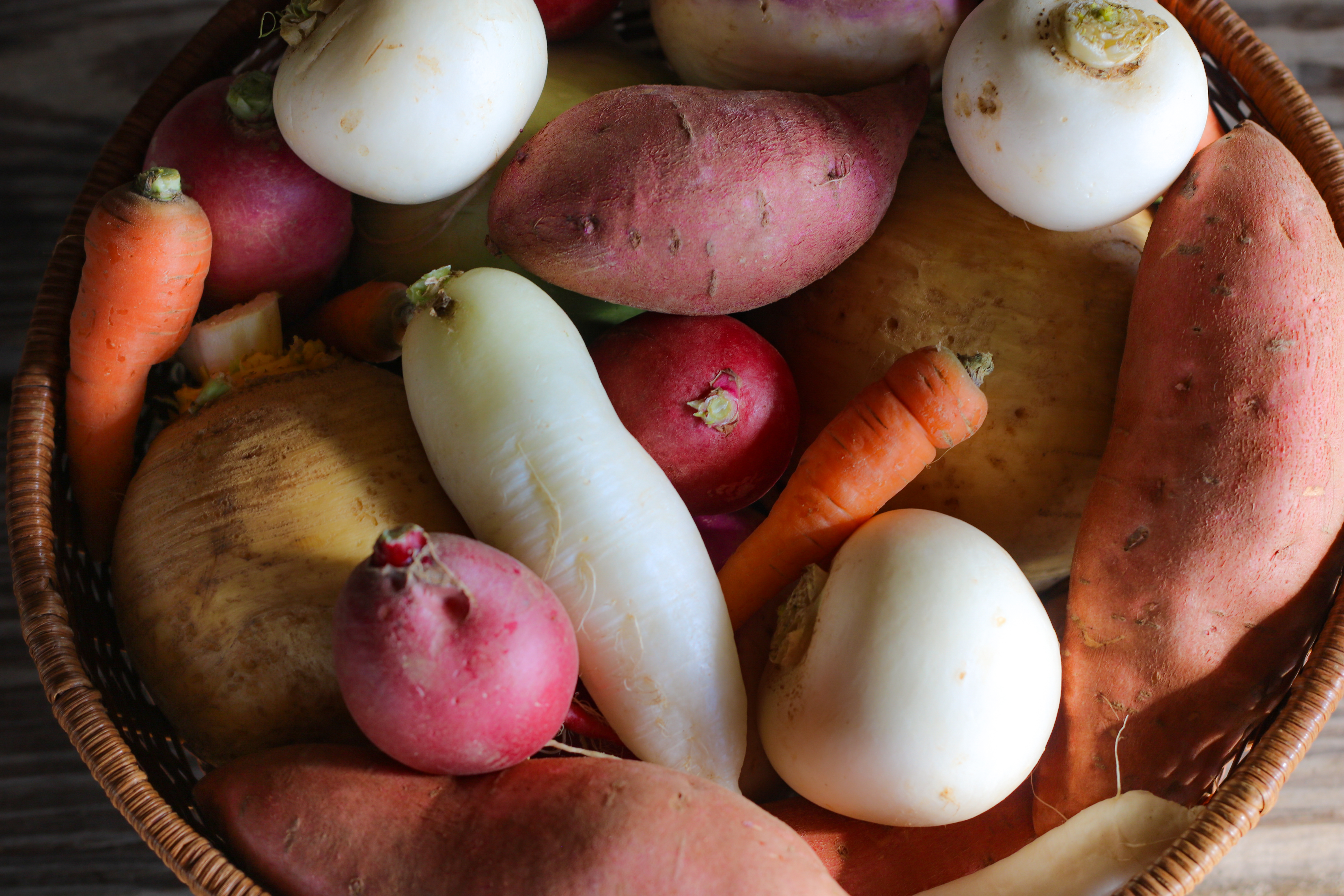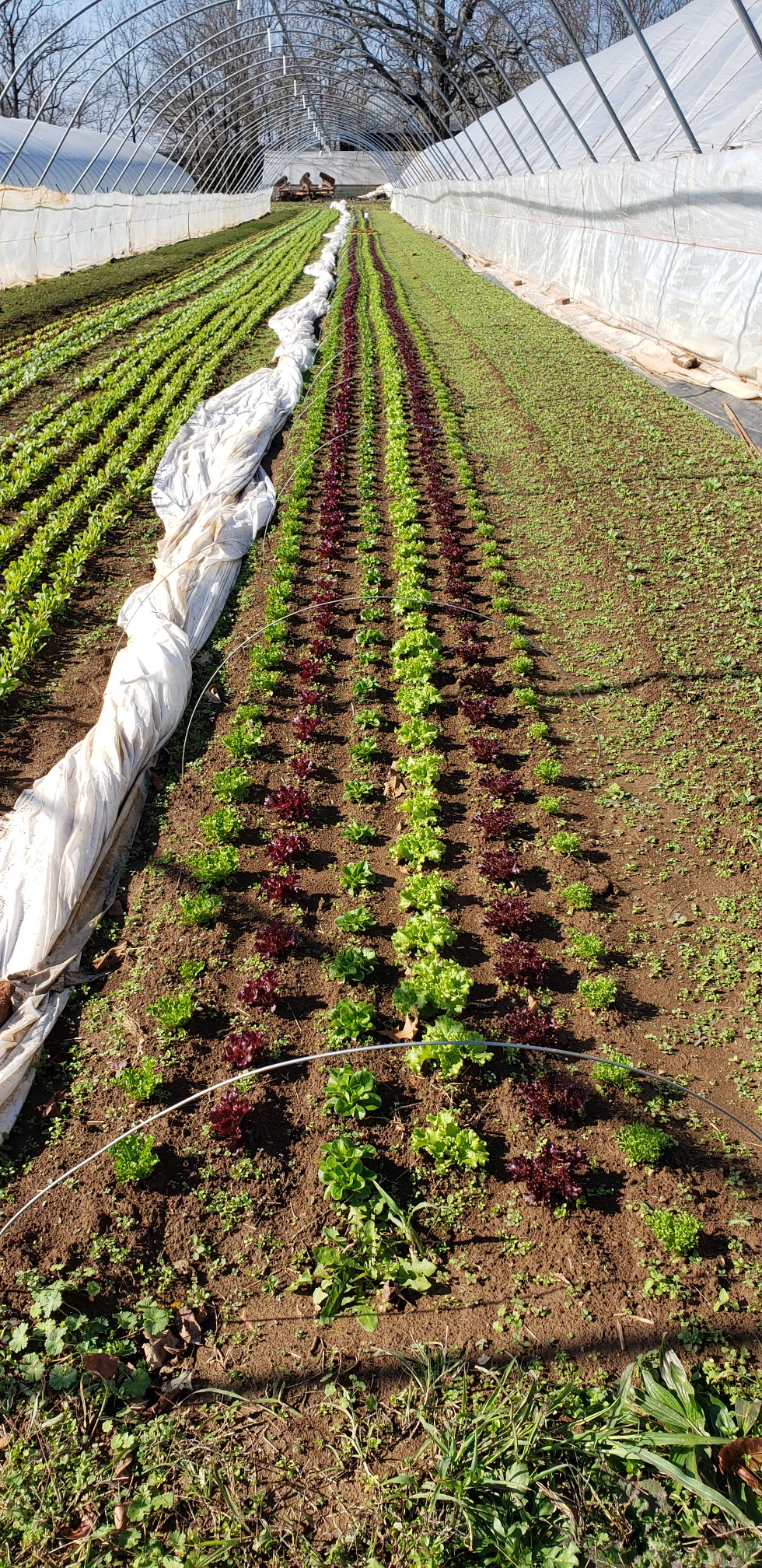
By: Mac Stone, Farmer & Owner, Elmwood Stock Farm
The presumptively juicy orange that Santa put in the toe of my Christmas stocking seemed kind of odd as a small child in the 1960’s. It looked like the one resting on the counter that I saw the day before, but the memory has stayed with me to this day. To my real Santa, Momie Ruth, who came of age during the depression, that orange represented reverence for the hardships and sacrifices her family made. There was a time when getting your own orange was pure fantasy. My dad told me to eat and enjoy it, and described how awesome it was. It was almost a spectator sport for Momie Ruth’s enjoyment, even though oranges made my mouth break out. In her eyes, all became well with the world. She was able to see her grandson with an orange on Christmas, like rich folks, and an orange farmer somewhere else was enjoying a nice Christmas because of it.

Back in the day, people of means would put their Christmas orders in and wait for the truck to arrive in their community, as their grocer made all the arrangements with the citrus grower. Orange and grapefruit farmers would put their crates on trucks and head north over bumpy two-lane highways before spoilage set in. As the trucks began to roll, the growers could charge top dollar for sunshine packed into a rind. In later years, growers planted new and improved varieties to extend the season. Pushing the trees with newfound fertilizers and pesticides was what the USDA and research universities were telling them to do, along with get bigger and grow more. As people could afford the oranges and grapefruits, and liked them and kept buying them, the farmers bought bigger trucks, invested in refrigerated warehouses and specialized sorting equipment, and even acquired juicers for the ugly fruit they didn’t want anybody to see. Capitalism 101. It worked. The rich people got the trucks rolling, which afforded entrepreneurs an opening. Oranges, orange juice, orange-flavored drinks, orange snacks, orange desserts are all readily available today, usually with messaging that boasts about how cheap the products are. Nowadays, most everybody can afford oranges in some form or another, whether they should or not is a different thought.

Currently, oranges come from dozens of countries around the globe loaded with more baggage than any one trojan horse should carry. The railcars of toxic pesticides released into the environment on our behalf should not be acceptable. The truckloads of processing aides and food additives used to make it easier to eat oranges without fooling with that pesky husk, are polluting our bodies. In my humble opinion, just because you can engineer something does not mean you should, when it comes to food. To be clear, I am not picking on the citrus industry during the holidays—substitute the name of any other fruit or vegetable you can think of and the story reads the same.
Organic farm-to-grocer distribution systems are short supply chains simply because there are so few players (it’s barely a blip on the national distribution radar). The early eaters of the organic movement put their money where their mouth was in support of food raised right, so the growers could invest in land and people, not pesticides, to keep growing organic food for them. These days the price differential varies across the spectrum of conventional and organic foods, and there is a lot of opportunity to pick your battle and vote your conscience using your food dollars. In fact, I encourage you to purchase and enjoy whole, organic oranges and tangerines and grapefruits from Good Foods Co-op, raised without pesticides and not adulterated between the farm and you.
Besides oranges, I also like to eat berries, apples, avocados, chicken, greens, chocolate, cheeseburgers, salads with tomato-onions-radishes, eggs, cottage cheese, fish and shrimp, melons, sweet potatoes cooked any way, sausages of all kinds, more chocolate for good measure, but not so much fennel. One reason I became an organic farmer was to have ready access to what I like to eat and to know it was raised right. When berries are not ripening on the farm, I take the opportunity to pay my hard-earned money for organic berries raised by another farmer, and to be sure no toxic chemicals were sprayed over the fields, even if it saves me half a buck. I don’t have to worry if there is any pesticide residue on them as I pop them into my mouth.

I’m figuring that you too are planning on eating something for the rest of your days, so you might want to map this one out. Convoluted supply chains are irritating with clothing, cars and home-improvement products, but downright scary when it comes to your nutrient needs and sustenance. Be sure to invest in yourself for the long run.
- Look for the organic seal (logo) on products you consume, as your fingerprints will not be on any toxic pesticide containers, anywhere.
- Eat as much organic as you can from local farms. The local farms will invest your financial support back into their businesses. When your neighbors and co-workers begin buying from local farms, farmers will grow more to meet the demand and we will see that the Central Bluegrass region offers a very short supply chain.
- Let the Co-op be your grocer that works with the growers on your behalf, just like the orange trucks a few generations ago.

Eat, drink and be merry this holiday season. But take a minute to think about investing your hard-earned dollars on food that was grown the way you would like it to have been grown. A few bucks a day can make a world of difference as much as we all eat. Your body will thank you. A piece of the planet will be spared the wrath of environmental degradation. Local and organic farms are in it for the long haul, and you’ll keep your dollars in your community. Now, that’s a nice gift for yourself, your kids and the planet.
Memories of those Christmas morning oranges came flooding back to me when I first heard John Henry Faulk’s Christmas Story. If you have not ever heard it, I suggest you set aside ten minutes and do so. For those of you like me, who used to listen when Liane Hansen played it every year on her Sunday Morning NPR news program, I know you will listen again.
Peace on Earth, Goodwill to All
—Mac Stone
